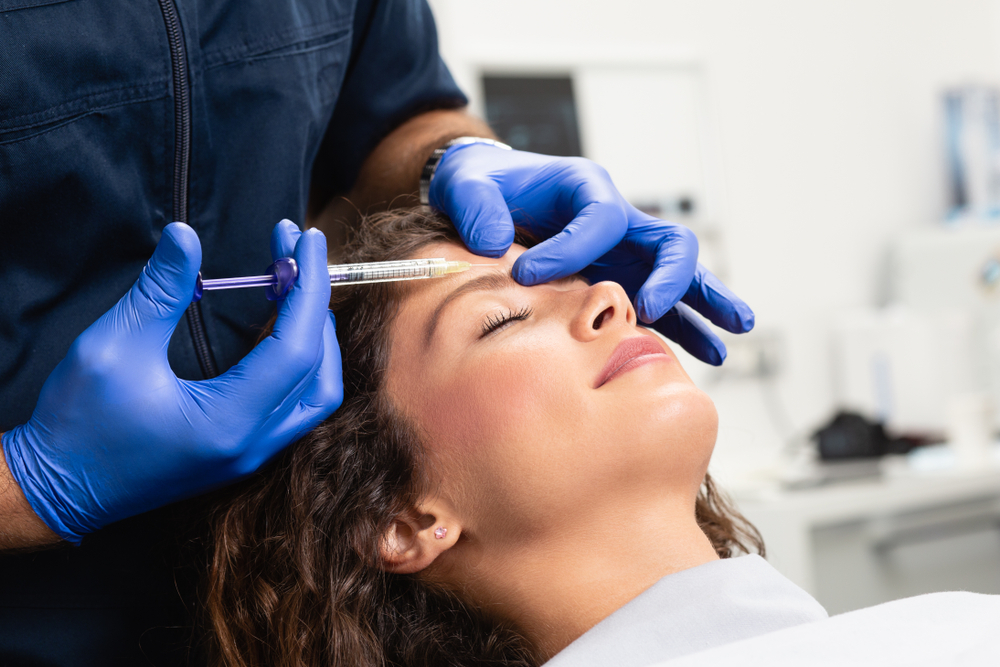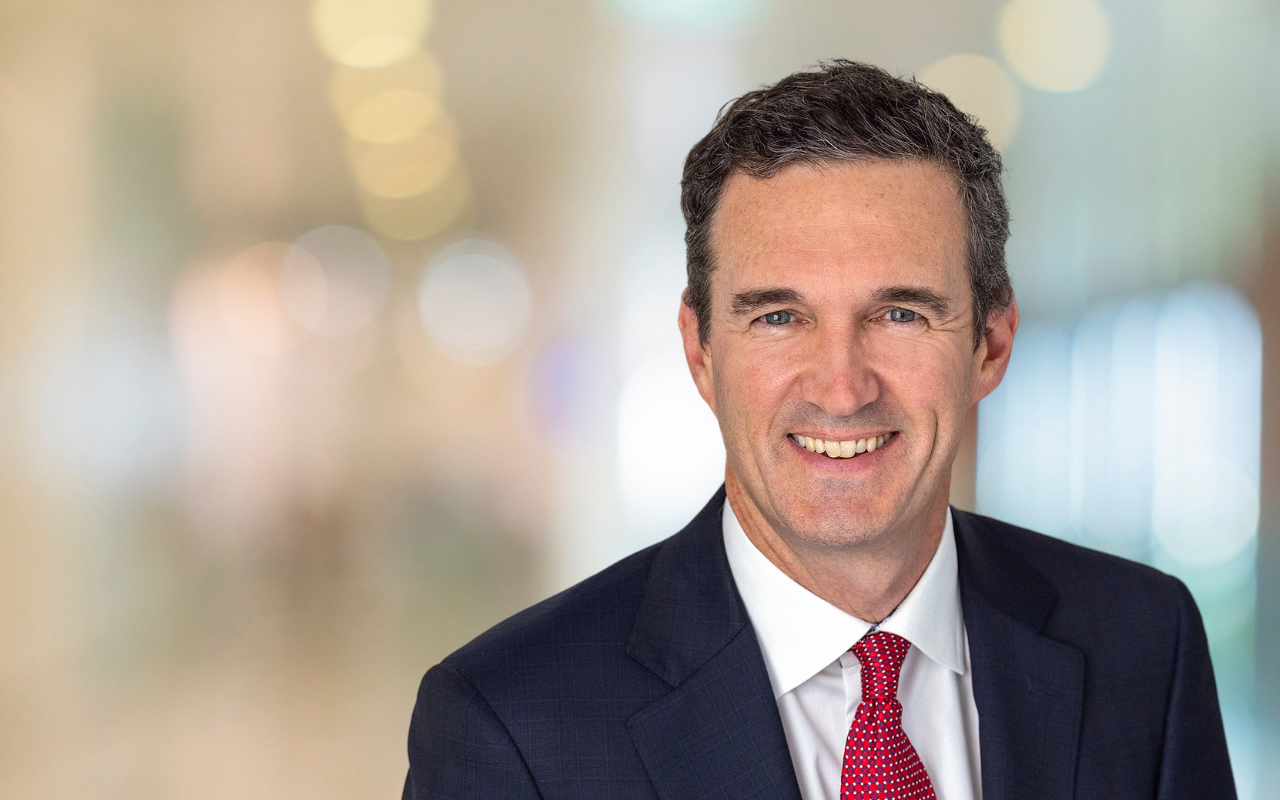The rapid expansion of Australia’s cosmetic industry underscores the urgent need for stronger regulation, better oversight and stricter enforcement of safety standards.
The cosmetic surgery industry in Australia continues to grow and is currently estimated to be worth approximately $1.5 billion. The acceptance and normalisation of cosmetic procedures by the community is feeding this demand, as is the increasing availability of clinics and practices to provide these services.
Amongst other professional bodies, the Australian Society of Plastic Surgeons (ASPS) has long advocated for improved safety and oversight of an industry that can cause significant harm to patients when things go wrong. Several high-profile examples highlighted in the media led to an independent review of the cosmetic surgery industry, which was completed and released in August 2022.
This review found that “the cosmetic surgery sector, as a health service, is unique and somewhat of a health market disrupter, largely sitting outside of the existing health system frameworks”. Moreover, our legislative framework only dictates what titles practitioners may use, not their scope of practice. As such, cosmetic surgery, and non-surgical procedures, have been performed by medical practitioners with a variety of backgrounds, skill sets and experience.

Updated guidelines and regulations
As a result of the review and its recommendations, the Medical Board of Australia and Australian Health Practitioner Regulation Agency (Ahpra) have updated the Guidelines for medical practitioners who perform cosmetic surgery and procedures, as well as the Guidelines for medical practitioners who advertise cosmetic surgery. These guidelines highlighted the requirement for the practitioner to use their correct Ahpra-approved title and to accurately represent their training and experience, but fell short of mandating a certain level of training or of having the ability to admit patients to manage post-operative complications.
More effective has been the passing of amendments to the Health Practitioner Regulation National Law Act 2009 that restricts the use of the term “surgeon” to those that have specialist registration in one of the recognised specialties of surgery, obstetrics and gynaecology, or ophthalmology. The benefit of this change is that the term “cosmetic surgeon” is no longer valid and patients can have a clearer understanding of the nature and extent of a practitioner’s training and expertise when they are deciding on pursuing cosmetic surgery.
The attention of the media and regulators has now turned to improving practice and standards, and therefore public safety, for the non-surgical cosmetic procedures.
Many of the concerns that ASPS have been advocating for in the cosmetic surgery space are just as relevant in relation to the non-surgical procedures — namely, that appropriate training matters, that strict regulation (even at a basic level) as to who has access and who can administer these medicines and treatments is critical, that truth in advertising is necessary, that stricter policy and regulation is pointless without appropriate monitoring and enforcement, and that sanctions and penalties need to be applied when infractions occur to discourage further inappropriate practice.
A cosmetic “free market”
The challenge for the regulators is that many of these procedures are not only performed by medical practitioners, but also by nurses and other health practitioners, and overlap with therapies performed in the beauty and cosmetic industries. Nonetheless, these treatments and procedures can cause significant patient harm if performed inappropriately, or if are undertaken by those without the appropriate training, skill or experience.
Unlike the traditional medical model of care where assessment, referral and return correspondence provides checks and balances, the non-surgical cosmetic industry functions more like a free market, where the patient/consumer drives demand and the practitioners/providers compete to provide the service. It is also potentially financially lucrative, which can affect decision making.
These factors increase the risk of patients either requesting or receiving treatments that are not required or are inappropriate. These factors also increase the risk of providers being tempted to practice beyond their usual scope, or to cut corners in care to maximise profits. In addition, some patients are willing to prioritise price over concerns regarding safety and quality. The recent cases in New South Wales of suspected botulism after being treated by an unqualified practitioner with what appears to be an unregulated supply of botulinum toxin highlights many of these issues.
More guidelines on the way
The Medical Board’s and Ahpra’s guidelines place the onus on the individual medical or health practitioner to ensure they practise within their skills, knowledge and competence. They acknowledge, as does ASPS, that the vast majority of practitioners “are already doing the right thing to keep the public safe”. Nonetheless, the potential for significant harm has led Ahpra to propose the development of several new guidelines that will apply to health (as opposed to medical) practitioners who practice and advertise non-surgical cosmetic procedures, namely:
- Guidelines for nurses who perform non-surgical cosmetic procedures (nurses practice guidelines)
- Guidelines for registered health practitioners who perform non-surgical cosmetic procedures (shared practice guidelines)
- Guidelines for registered health practitioners who advertise non-surgical cosmetic procedures (advertising guidelines) (for all relevant practitioners, including nurses and medical practitioners).
At a minimum, the ASPS would expect that the above guidelines reflect the same standards that apply in the previously mentioned guidelines for medical practitioners. In particular, the advertising guidelines must also hold health practitioners to the same standards as medical practitioners regarding the use of before and after photos, and that they show realistic results, not minimise the complexity of procedures, and not overstate outcomes. The use of testimonials and “influencers” should be restricted, as well as the ability to offer inducements or discounts.
The public consultation period for these new guidelines closed in February last year, but the proposed documents have not yet been released. We eagerly await their publication, and hope that they clarify the requirements for practice in this area, including expectations for minimum qualifications and experience, standards of care, and the management of complications. This needs to be matched with increased oversight and compliance enforcement to reduce the ongoing increased risk to the public and to provide patients with the ability to make informed decisions.
Putting patient safety first
The rapid expansion of Australia’s cosmetic industry, both surgical and non-surgical, underscores the urgent need for stronger regulation, better oversight, and stricter enforcement of safety standards. While progress has been made in clarifying practitioner titles and advertising standards, true patient safety can only be achieved when strong minimum training requirements, clear practice standards, and meaningful compliance mechanisms are in place.
The pending guidelines for non-surgical procedures present a critical opportunity to close existing gaps, ensuring that all practitioners — medical and non-medical — are held to the highest standards of care. Until these measures are enacted and effectively enforced, the risks to patient safety will persist. The onus is now on regulators to act decisively and prevent further harm in this rapidly growing industry. The Australian Society of Plastic Surgeons will continue to advocate for change in this space in the ongoing interests of patient safety and practitioner accountability.
David J Morgan is a specialist plastic surgeon and president of the Australian Society of Plastic Surgeons.
The statements or opinions expressed in this article reflect the views of the authors and do not necessarily represent the official policy of the AMA, the MJA or InSight+ unless so stated.
Subscribe to the free InSight+ weekly newsletter here. It is available to all readers, not just registered medical practitioners.
If you would like to submit an article for consideration, send a Word version to mjainsight-editor@ampco.com.au.

 more_vert
more_vert
The Plastic surgery industry has been trying to gain supreme control over the cosmetic industry for over 25 years now, using restrictive practices , pressure/influence over regulatory bodies and mis and disinformation as to the “dangers” of cosmetic procedures.
Yes ,there will always be a handful of rogue practitioners, including plastic surgeons who are money oriented to the detriment of their patients. But, really, do you really need a super trained practitioner to administer botox or fillers or breast implants.? the answer is a resounding NO.
The role of the TGA in this industry capture is also over regulated in what can be said or claimed.
The cat is out off the bag. People want cosmetic services in increasing numbers. More restrictive regulations will not create increased patient safety, which is already at extremely high levels.
Regulators will continue to create more regulations to justify their role; and to feed the greed of the plastic surgeons in maintaining and increasing their pricing levels .
While there is a shortage of medical professionals and nurses in Australia it seems regrettable that more and more clinics offering cosmetic procedures are opening, and employing staff that could be more useful in other, more necessary services. There are four in my local suburban shopping centre – two have opened in the last year.
To a certain extent, Dr Morgan’s argument is one of “Let them eat cake”.
I know many friends who would like to improve themselves with plastic surgery, but are denied the opportunity because of the enormous costs in Australia. That’s not fair.
The plastic surgeon market is becoming a protection racket. You certainly don’t need to be trained and capable in complex neck dissections and reconstructions to be able to expertly do a breast implant. So the “ strong minimum training requirements” might be used to restrict supply. A surgeon can be trained to expertly do many cosmetic procedures and be justly called a surgeon. Expecting the “ strong minimum training requirements” of a plastic surgeon in order to expertly do cosmetic surgery is not warranted.
What commitment will Dr Morgan give to contribute equally to the concern for “safety”. Will he ensure his college graduates more surgeons? Will he ensure the college ends the anti-competitive and unsafe practice of having “unaccredited registrars?
Will Dr Morgan commit to a training pathway for cosmetic surgery?
If there is truly a safety problem and not just an “income protection problem” then the plastic surgeons have to come to the party. Maybe they can’t just charge what they can charge; which is only the case because of the limited supply of surgeons.
It is puzzling to think that we are going to be redistributing more money from those with a marginal income (who just want a shot at bettering themselves) to those who are already at the highest tier of income in our community; that is, we fix the “safety” problem with reverse Robin Hood policies!
Most of my non-medical but professional friends want the opposite. For controlling regulators to get out of the way.
It is highly inappropriate for someone who has a vested interest in reducing supply of providers to be commenting on regulations that might reduce the number of providers.
Will Dr Morgan give a commitment that high end plastic surgeons will take a hair cut in order to contribute to the societal good of “safety”?
I’m also a specialist medical practitioner and I wholeheartedly think we need to make healthcare more affordable and accessible to the population
This is pussyfooting around. A high percentage of those involved in the cosmetic scam are sharks who will simply find a back door way, especially as „ guidelines“ carry no meaningful risk of sanctions for them
It is an unnecessary industry populated by money focused charlatans. We have proper plastic surgeons to do whatever ( not much ) of this work needs to be done
Botox supplies should be restricted so that only plastic surgeons, rehabilitation physicians( important rôle in paediatrics) and a select few others can buy or use it. Criminalise other use
Similarly for much of the other stuff – surgery by unqualified practitioners etc. This doesn’t need an AHPRA slap on the wrist, it needs deregistration and jail time for any repeat offences
Only when there are real consequences will things change, this is an industry/scam and not a legitimate professional discipline. It is foolhardy to try to regulate it as if it were a legitimate discipline